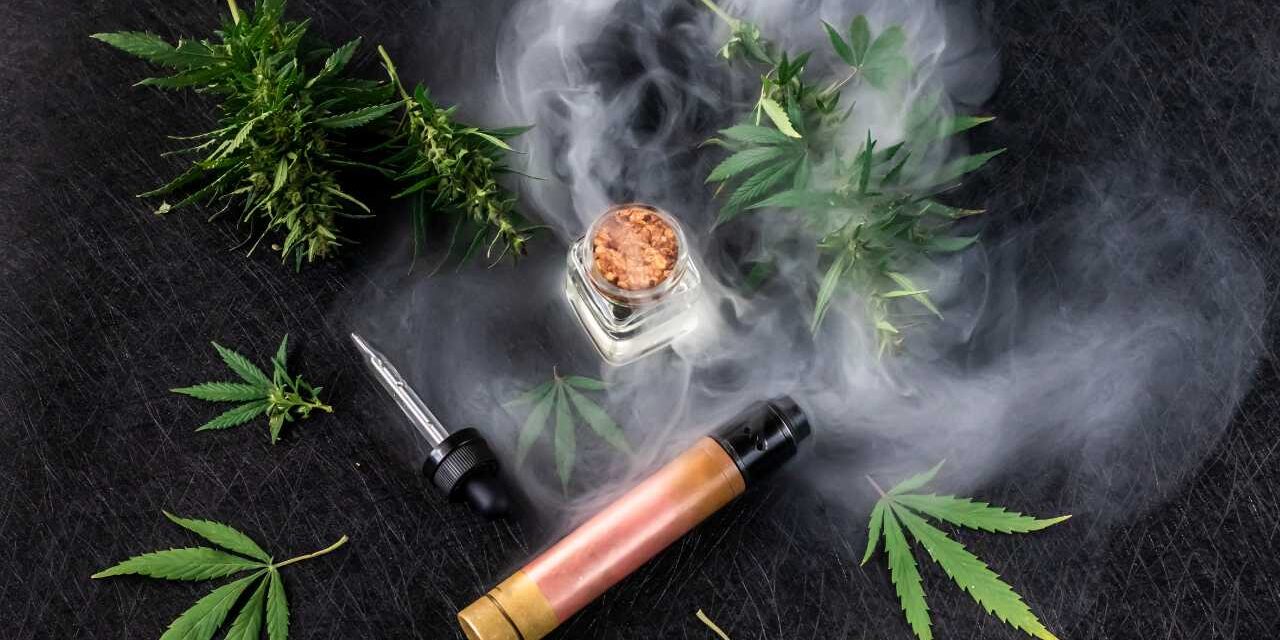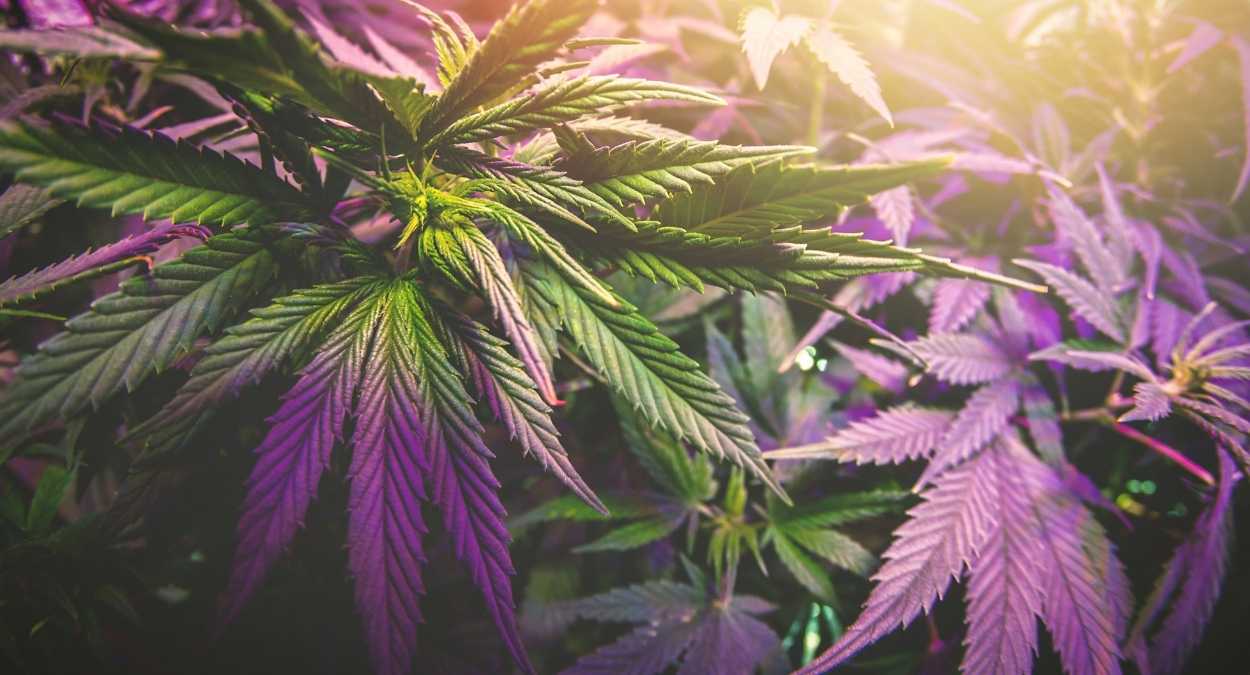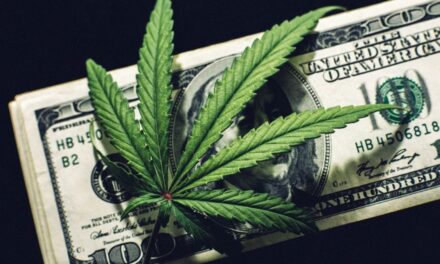Cannabis has garnered significant attention in recent years, both for medicinal and recreational uses. As research delves deeper into its myriad compounds, it becomes crucial to differentiate between them for clarity and proper usage. Two such compounds, often misinterpreted as the same, are THC-A and THC. Understanding their differences is fundamental for users, medical professionals, and enthusiasts alike.
1. The Basic Chemistry
Both THC-A (Tetrahydrocannabinolic Acid) and THC (Tetrahydrocannabinol) are cannabinoids found in the cannabis plant. THC-A is the acid precursor to THC, meaning that THC-A becomes THC through a process known as decarboxylation. This transformation typically happens when cannabis is heated, as in smoking, vaping, or cooking.
2. Psychoactive Properties
The most pronounced distinction between these two compounds lies in their psychoactive properties. THC is renowned for its psychoactive effects, providing the euphoric “high” associated with marijuana consumption. On the other hand, THC-A is non-psychoactive. Consuming it won’t result in any mind-altering effects, making it an intriguing compound for potential therapeutic applications without inducing a high.
3. Potential Medicinal Benefits

While THC has been lauded for its potential benefits in pain management, appetite stimulation, and as an antiemetic, THC-A has been less studied but shows promise in its own right. Preliminary studies suggest that THC-A might have anti-inflammatory properties, could act as a neuroprotectant, and might also have potential in treating nausea and appetite loss. However, much of this is based on anecdotal evidence, and rigorous scientific studies are needed to confirm these claims.
4. Consumption Methods
Since THC-A converts to THC when exposed to heat, the methods of consumption differ if one aims to intake THC-A without converting it. For instance, raw cannabis juicing has become popular among some enthusiasts as a way to consume THC-A directly. Conversely, methods like smoking, vaping, or cooking will cause decarboxylation, turning THC-A into THC and inducing its psychoactive effects.
5. Presence in Fresh Cannabis
In fresh cannabis plants, THC is virtually non-existent. Instead, the plant primarily contains THC-A. Only when the plant is harvested and exposed to heat does a significant portion of the THC-A convert to THC. This is crucial for growers and users to know, as the type of experience or benefit one is seeking might be dependent on the compound’s preservation or transformation.
6. Legal Implications
Laws surrounding cannabis vary greatly across countries and even states within countries. While THC is often the primary target of these laws due to its psychoactive effects, THC-A, being non-psychoactive, sometimes falls into a legal gray area. It’s essential for consumers to be well-informed about local regulations concerning both compounds, especially if they are considering products or preparations focused on THC-A.
Conclusion
While they originate from the same plant and share a close chemical relationship, THC-A and THC serve distinct roles in the world of cannabis. Whether you’re seeking the psychoactive effects of THC, the potential therapeutic benefits of THC-A, or just trying to understand the plant better, recognizing the differences between these compounds is paramount.
As research continues and our understanding deepens, the nuances of these cannabinoids will play an essential role in shaping the future of cannabis in medicine, recreation, and culture. It’s an exciting time for cannabis enthusiasts and professionals alike, as we unravel the mysteries of this ancient plant and its many compounds.





